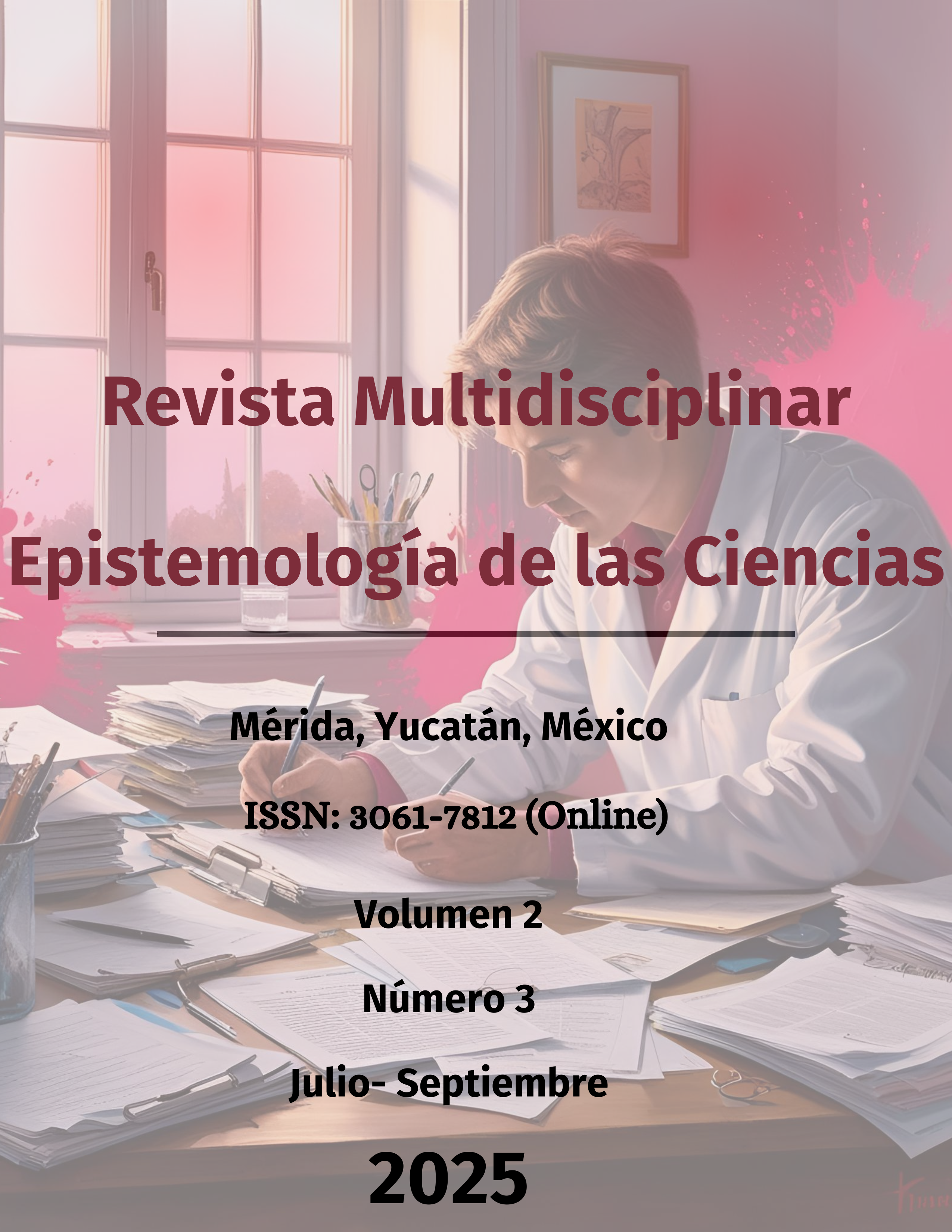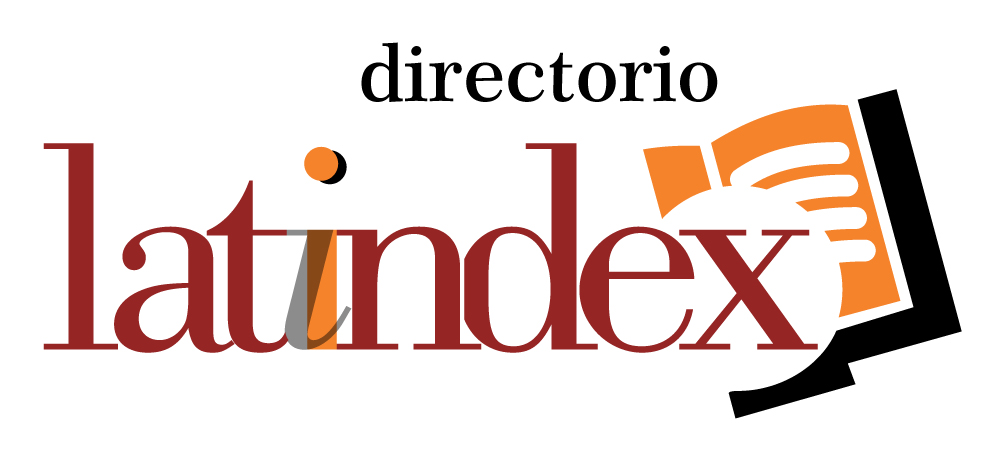The reorientation of western cultural tradition towards christianity
DOI:
https://doi.org/10.71112/nyqjca29Keywords:
christianity, paganism, doctrine, theology, orthodoxyAbstract
The transition from paganism to Christianity in the West was a fundamental shift in values driven by a new attitude toward life, centered on faith and hope for an afterlife. The initially predominant oral tradition was transformed into a written tradition due to the growth of congregations and the need to define orthodox doctrine in the face of heresies such as Gnosticism, Marcionism, and Montanism. Church Fathers, such as Origen and Augustine, systematized theology, fusing Greco-Roman knowledge with Christian tradition. Rivalries between ecclesiastical centers, such as Rome and Constantinople, influenced theological controversies. Christianity assimilated cultural elements from diverse traditions, such as Sumerian, Babylonian, Egyptian, Persian, and Greek, to become a dominant cultural organization.
Downloads
References
Barnikol, E. (1933). Die Entstehung der Kirche im zweiten Jahrhundert und die Zeit Marcions.
Barton, G. A. (1935). The Apostolic Age and the New Testament. DOI: https://doi.org/10.9783/9781512814170
Battenhouse, H. M. (1922). New Testament History.
Benson, E. W. (1897). Cyprian: His life, his times, and his works.
Bethune-Baker, J. F. (1908). Nestorius and His Teaching.
Bethune-Baker, J. F. (1938). An Introduction to the Early History of Christian Doctrine (6ª ed.).
Burkitt, F. C. (1907). The Gospel History and Its Transmission.
Burney, C. F. (1922). The Aramaic Origin of the Fourth Gospel.
Carrington, P. (1921). Christian Apologetics of the Second Century in Their Relation to Modern Thought.
Chase, F. H. (1887). Chrysostom: A study in Biblical interpretation.
Clarke, W. K. L. (1925). The Ascetic Works of St. Basil.
Deissmann, G. A. (1929). The New Testament in the Light of Modern Research.
Dibelius, M. (1934). From Tradition to Gospel.
Dodd, C. H. (1935). The background of the Fourth Gospel. Bulletin of the John Rylands Library (Manchester), 19, 329–343. DOI: https://doi.org/10.7227/BJRL.19.2.3
Donaldson, J. A. (1909). Church Life and Thought in North Africa A.D. 200.
Drews, A. (1924). Die Entstehung des Christentums aus dem Gnostizismus.
Dudden, F. H. (1935). The Life and Times of St. Ambrose (Vol. 2).
Easton, B. S. (1928). The Gospels before the Gospels.
Edmundson, G. E. (1913). The Church in Rome in the First Century.
Eyre, E. (Ed.). (1935). European Civilization: Its origin and development (Vol. 2, Rome and Christendom).
Vega Riaño, H. A., & Torres Vega, L. Y. (2023). La religiosidad como pilar fundamental en la salud humana. Revista Investigación & Praxis en CS Sociales, 2(2), 18–37. https://doi.org/10.24054/ripcs.v2i2.2689
Downloads
Published
Issue
Section
License
Copyright (c) 2025 Multidisciplinary Journal Epistemology of the Sciences

This work is licensed under a Creative Commons Attribution 4.0 International License.








